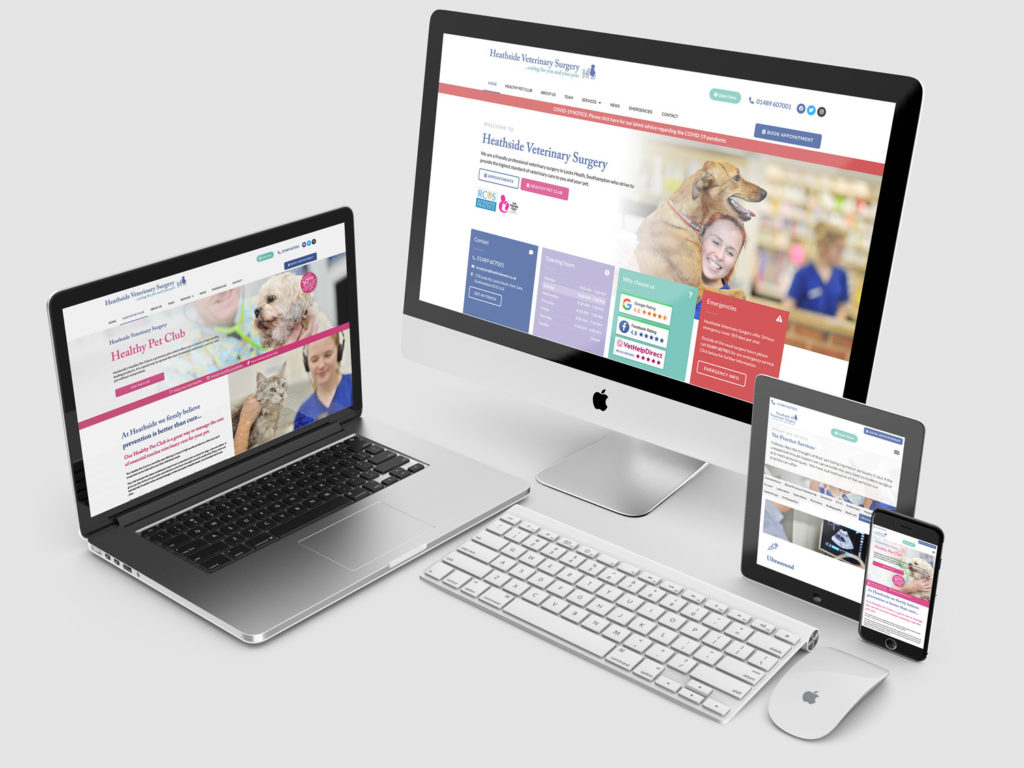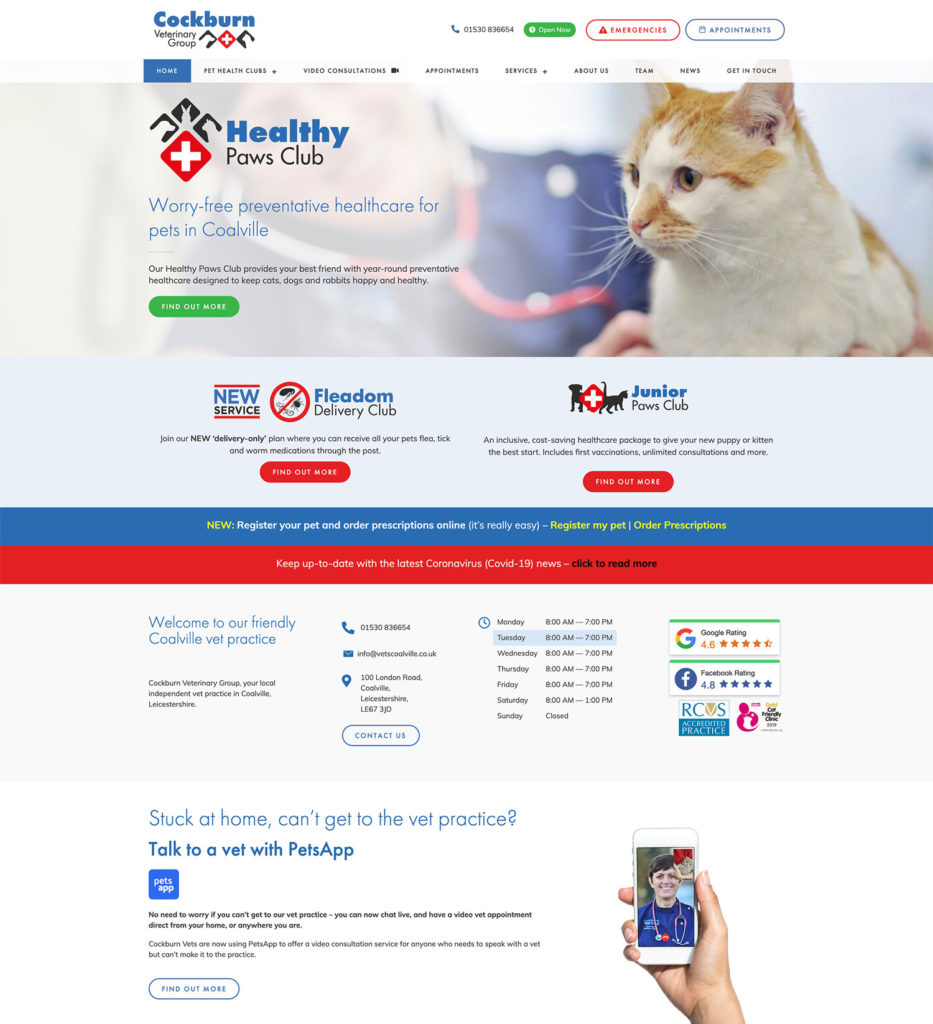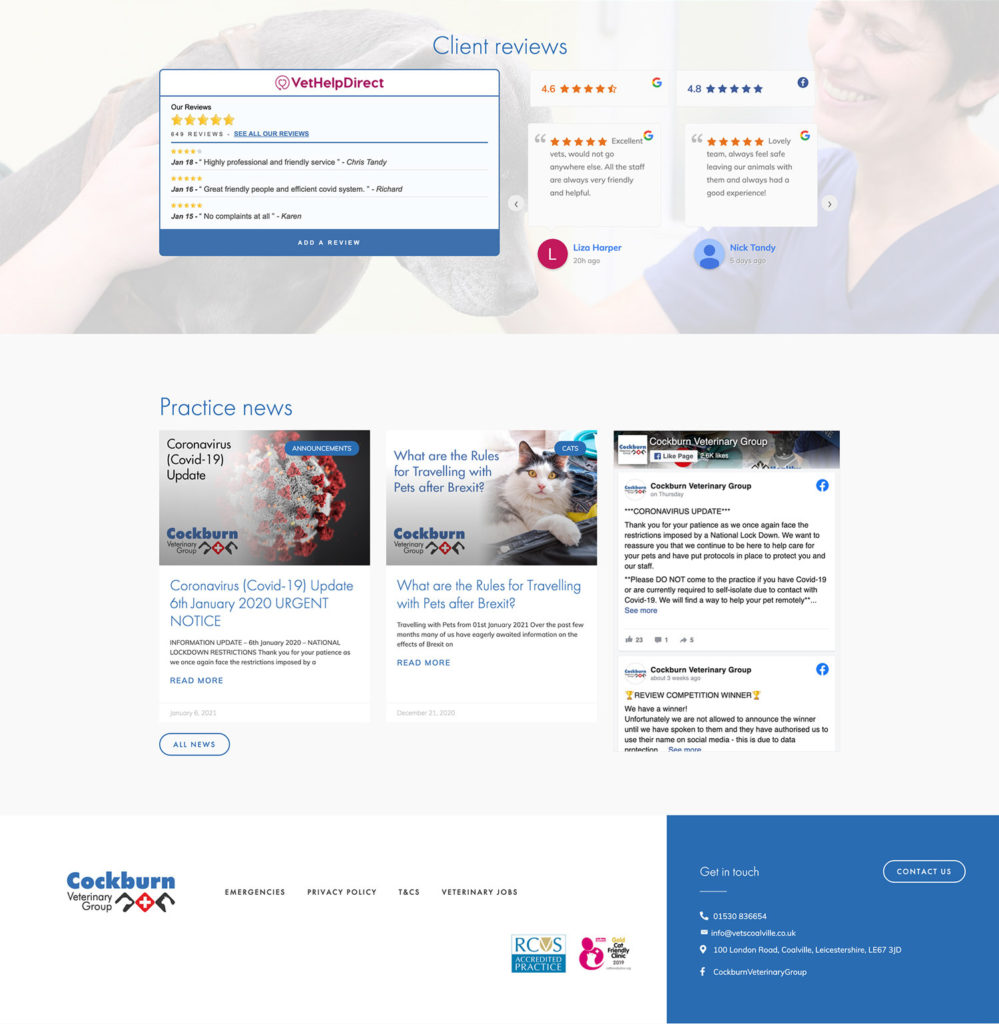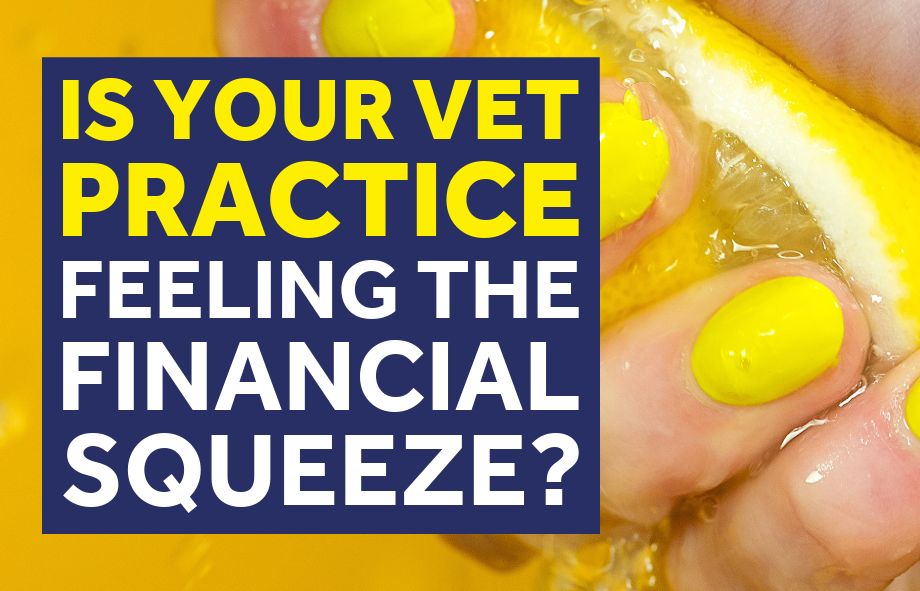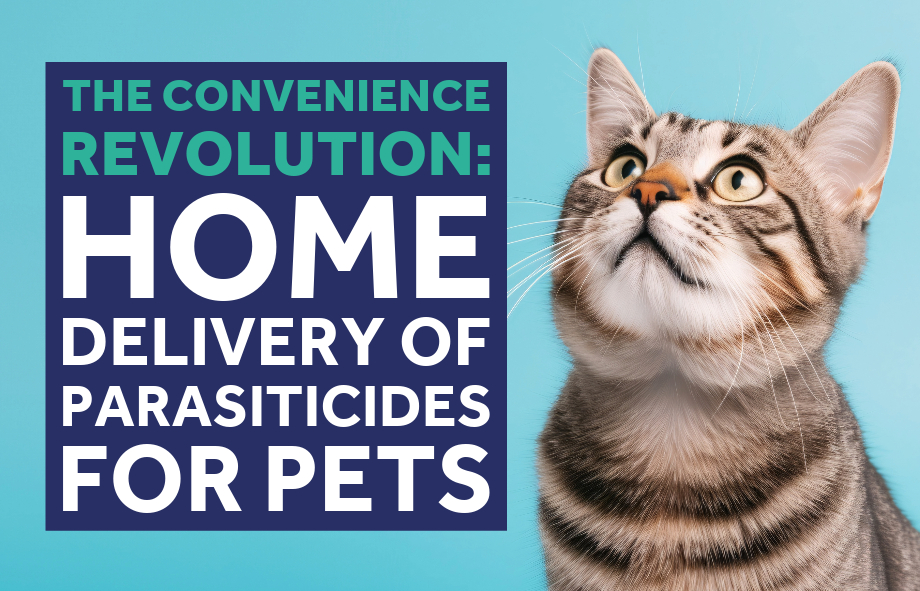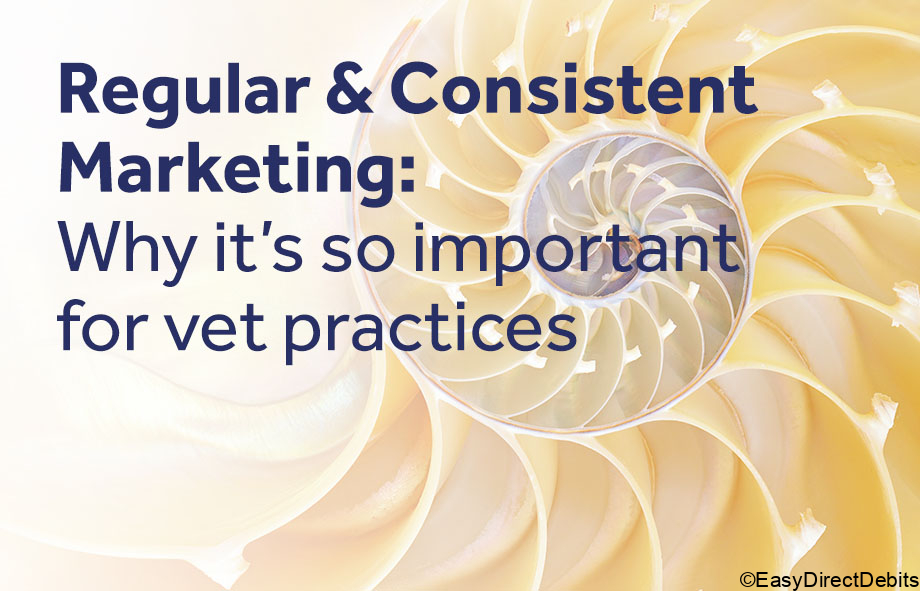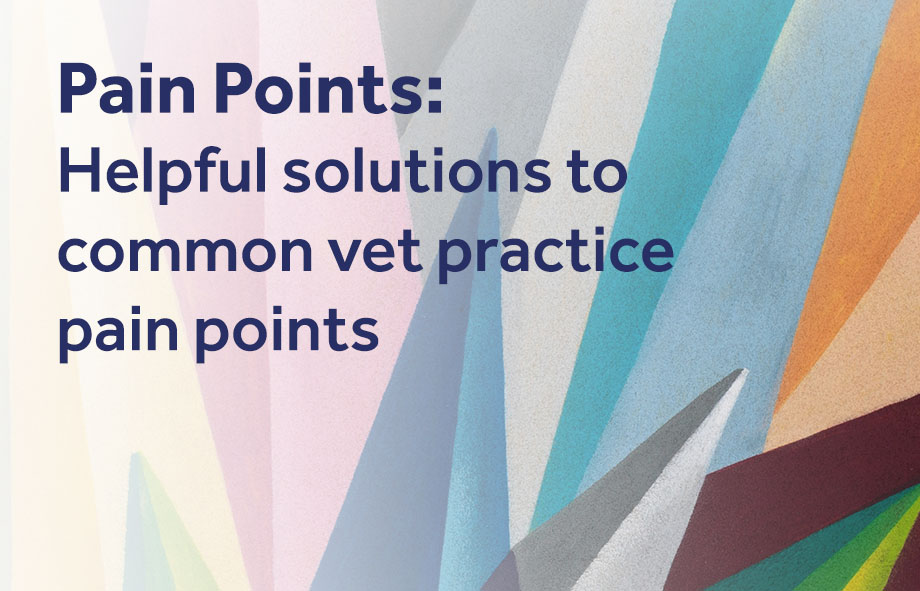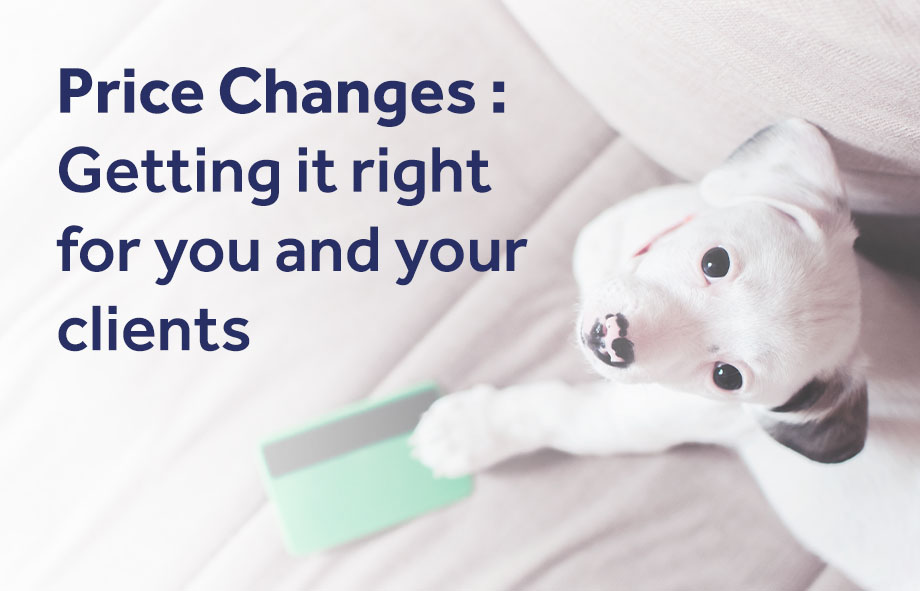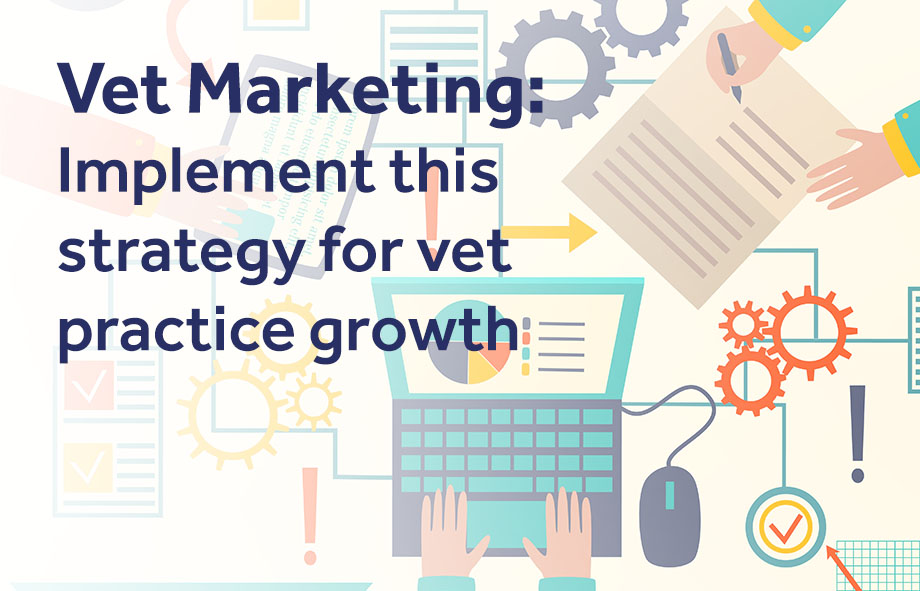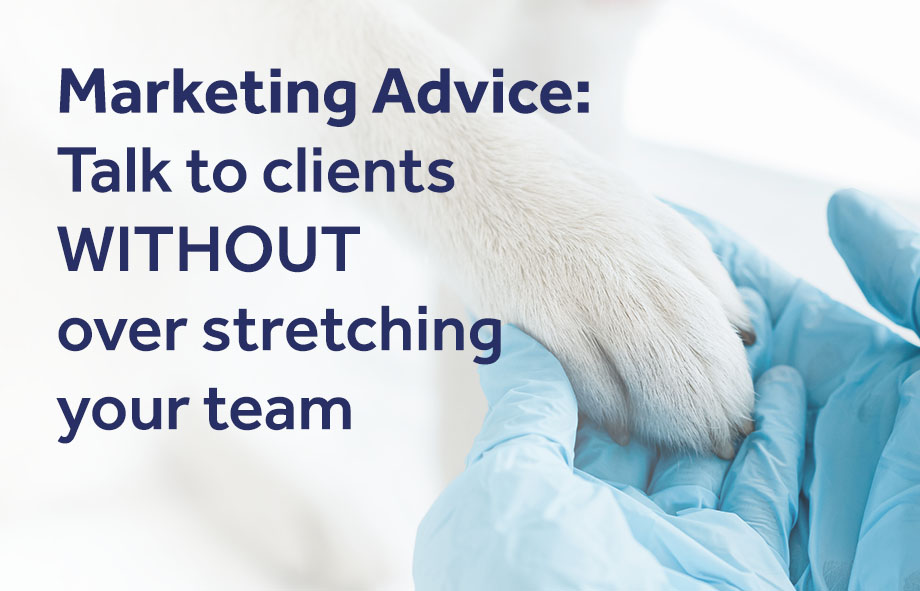If you’ve been thinking about updating your website and making some improvements, now is the time to stop thinking, and get it done.
A good website will help your vet practice grow more than any other single marketing action.
It’ll help promote your healthcare plan, your services, act as the hub for your marketing and is even proven to help with recruitment (Nobody wants to work somewhere that looks archaic and not interested in keeping up-to-date or paying attention to detail).
Your website is the public mirror that reflects all you want people to see and feel about you.
Visitors to your website might not have heard anything about you or seen the practice in real life before. They won’t understand how hard you work, how much your clients love you or what excellent service you offer. Therefore, it’s critical that you check and – if necessary, refine – how your reflection appears.
You can choose how you represent yourself. And you can make it count.
If you think about your brand values, what you pride yourselves on, and what makes you unique, is it pronounced? Have a quick look at your competitor’s websites and look at how you represent in comparison. Are you competing?
7 reasons your website is crucial to your future:
1: Meet expectations
Like it or not, your clients will expect a modern and professional website.
Suppose you don’t have a great website. In that case, you’re sending a message that your business is out of date and that you don’t care about details that people can see, let alone what happens behind closed doors. NONE of these things should represent your practice or your brand.
It would help if you shouted about offering the BEST care to your clients. Find ways to show your caring, thoroughly professional services. How you are embracing modern advances and how you are playing a key part within the community and understanding a client’s needs.
2: Be visible
You might be doing amazing things and making a real difference to peoples lives. But you want the people who might be looking for you and trust you to see this.
You need to be visible to your existing and potential clients in a place where they are. And this is going to be whilst browsing the internet more than in any physical space.
Nearly 9/10 (88%) UK adults are now online.
Those under 55 are nearly all online – 96% of 45-54s regularly using the internet, and 98% of 16-24s.
Individuals in the UK spend, on average, 23.6 hours online per week and are using their mobile devices for up to five hours a day.
If you invest in no other marketing, invest in your website. And then keep investing.
3: Be credible
When it comes to services – and particularly services for pet owners with high emotional investment – trust and reassurance are key in deciding which vet practice they choose.
We live in a digital age, and 48% of clients say a website is the biggest factor in determining whether a business is credible.
30% of your potential clients won’t even consider using a business without a website.
Your clients expect you to have an online presence. They may consider a practice that doesn’t have a website or has something old-fashioned as less professional and not at the top of their game.
Not a great selling point. Remember, customers, make these assumptions within the first few seconds of entering your website.
4: Beat the competition
Your competitors – or at least, the ones you worry about will have a website.
If you’re not competing with them, if your site is basic or doesn’t work, you need to make that change immediately. Why disadvantage your practice? If a potential client is looking for a vet in your area, you need to provide reassurance that you are a worthy contender.
A clean and professional website means you can stand shoulder-to-shoulder with your competition, be they corporate vets or independent vets.
A large corporate practice with large premises and roundabout advertising isn’t necessarily going to have a more professional looking website than you. It may have less reassuring information, community feel and personality. It’s more likely a one-size-fits-all website with an emphasis on the corporate company they belong to.
You can easily do better than this.
Although budgets might be vastly different, a responsive (resizes to fit the device – mobile, tablet desktop), professionally designed website that talks about your USP’s can instantly even out the playing field.
Websites don’t have to cost the earth.
Easy Direct Debit practices get 1/3rd off all design costs, and this includes websites. Not an Easy Direct Debit practice yet? It’s still unlikely to be as expensive as you thought, and we move fast – typically we can get you up and running within 3-6 weeks* of you giving us the nod.
5: Offer the best client experience
Aside from meeting expectations and offering excellent customer service, your website can quickly go the extra mile. Basic telephone enquiries can tie-up a receptionist’s time as well as your client’s time – using your website to quickly and answer common questions, will save time for everyone.
Your website homepage should show:
- Opening hours
- Telephone numbers
- Practice address
- An advert and link to your health plan
- Links to services
- Testimonials (Google and Facebook)
You can also add features that allow people to:
- Chat with a staff member
- Book an appointment
- Register with the practice
- Order repeat prescriptions
- Book a telemeds appointments
We live in an age where instant gratification is expected. Clients will be wary if they can’t pick up their mobile device and find answers to basic questions within a few clicks. So make sure your site is mobile-optimised (responsive).
48% of people in the UK in 2018 say a mobile device is their preferred way to access the internet compared to 24% on a laptop and just 9% on a PC.
Every interaction is associated with your brand, whether it’s good, bad, a niggle or a huge gripe. If your website causes frustration because of a bad user experience, customers WILL associate that with your vet practice. And you can reasonably expect them to vent their frustrations on social media or leave a snippy review on Google!
6: Create an online marketing hub
Integrating offline and online marketing as part of a strategic campaign is significantly more effective than doing just one or the other. The decision-making journey to come to you isn’t linear. Clients don’t just see an advert online or a poster in the pet shop and become a customer. It is widely reported that a person will need up to 7 touchpoints with your business before making the first contact with you.
It is now also the case that more readily-available information means people expect – and inherently want to research before making a financial or personal commitment to a business. If a prospect sees a postcard, receives a leaflet through the door or gets a recommendation, they WILL want to find out more and look for reassurance. They will likely go to the internet to get this. If you don’t exist there, or they aren’t impressed by what they find, you’ll quickly be dismissed.
Your offline marketing should direct people to your site for many reasons, but these are the three most important:
A website gives you the chance to get customers more interested. Show them the team, talk about community activity, provide information that relates to them, demonstrate trust through testimonials to show how other customers already feel about your practice. You are limited to how much information you can effectively relay in an advert or a leaflet with a website, you have all the space you need to clearly convey whatever you want to!
Include simple ways for people to move from awareness to trust and engagement on your site. Interesting blogs on a range of topics/species, contact forms, newsletter sign-ups, registering with your practice, joining your health plan. Make it EASY for them to engage when it suits them, not just when your practice is open, and someone is there to answer the phone.
Capture a visitor’s details with a Facebook and Google tracking code. Digital tracking allows you to put your marketing in front of visitors once they have left your website (Google searches, Facebook ads etc.). This is easy. The extra marketing keeps you in their mind and helps you build-up those crucial touchpoints on the customer journey before they take the leap and join your vet practice.
Your website will act as the foundation of an integrated marketing strategy – people will naturally refer back to it.
You can direct marketing campaigns to specific or temporary landing pages and data capture pages to communicate with them. With regular content updates, you give prospects a reason to visit your website, think of you often, and refer you to friends.
Word of mouth referral is essential to services. It’s social proof that other people see you as credible, and humans find that very reassuring. Consider having an offer online that can be shared – a voucher for a consultation, or a treat for their pet on their first visit.
7: Social media profiles are not enough
Social media, primarily Facebook and Twitter have been embraced by vet practices, and so they should be. Clients and potential clients spend much time in these spaces, and it makes sense that you’re there. But having a social media profile doesn’t replace the need for a website. It’s an add-on.
In no particular order, relying on Facebook or another platform to represent you online is not ideal for these reasons:
- Do you want to look like you can’t be bothered, or you’re struggling to pay for a website of your own? It’s a harsh reality that WILL appear that way. Clients won’t trust the care of a much-loved family member to a business that shouts those values at them.
- Do you always want to be dependent on the social media platform you choose? A website belongs to you, and you can do what you like with the messaging on it. You’re an independent practice for a reason. You don’t have to conform to other people’s views, rules or branding limitations.
- Algorithms and rules change (regularly). The way you are listed and presented can differ, and what’s working now might soon not work at all. Fashions change too, and you need to move with your clients. For example, businesses invested millions in Snapchat profiles only a few years ago, and now it’s all but disappeared. Facebook, Instagram and LinkedIn are currently all great places to have a profile if that’s where your potential clients are. Still, a website remains constant and acts as a hub as people switch between these platforms.
- It’s your website; you can control how your brand appears and what information people associate with it. Having a listing on Google or a Facebook page is an integral part of your online strategy. Still, if managed badly, these can often include a lousy photo of an address near your premises, or a picture of the bins out the back, and include comments from people that you can’t control. You should be in control of the way you present yourself and always have the final say on what visitors see and read.
How do I start?
Firstly, we don’t suggest getting a friend or family member to build your website – equally doing it yourself will give you less than professional results and it will take ages.
Giving the project to a company that knows what they’re doing will save you time and money.
Regarding content, try to imagine YOU are the client visiting your site.
What would you want to know?
Start by outlining the conversation you want to have with your existing and potential clients. Write down what your message is, why you care, why they should choose you, what makes you different, and what problems you are solving.
Don’t get fixated on the number of pages or how the tabs will work, or what will go where.
Get the message clear first, then talk with a professional web design company.
Grow your health plan with a professionally designed website
Already using VetSuccess for your health plan payment collections?
Remember – you get 1/3rd off the cost of website design.
Call us and make it happen
